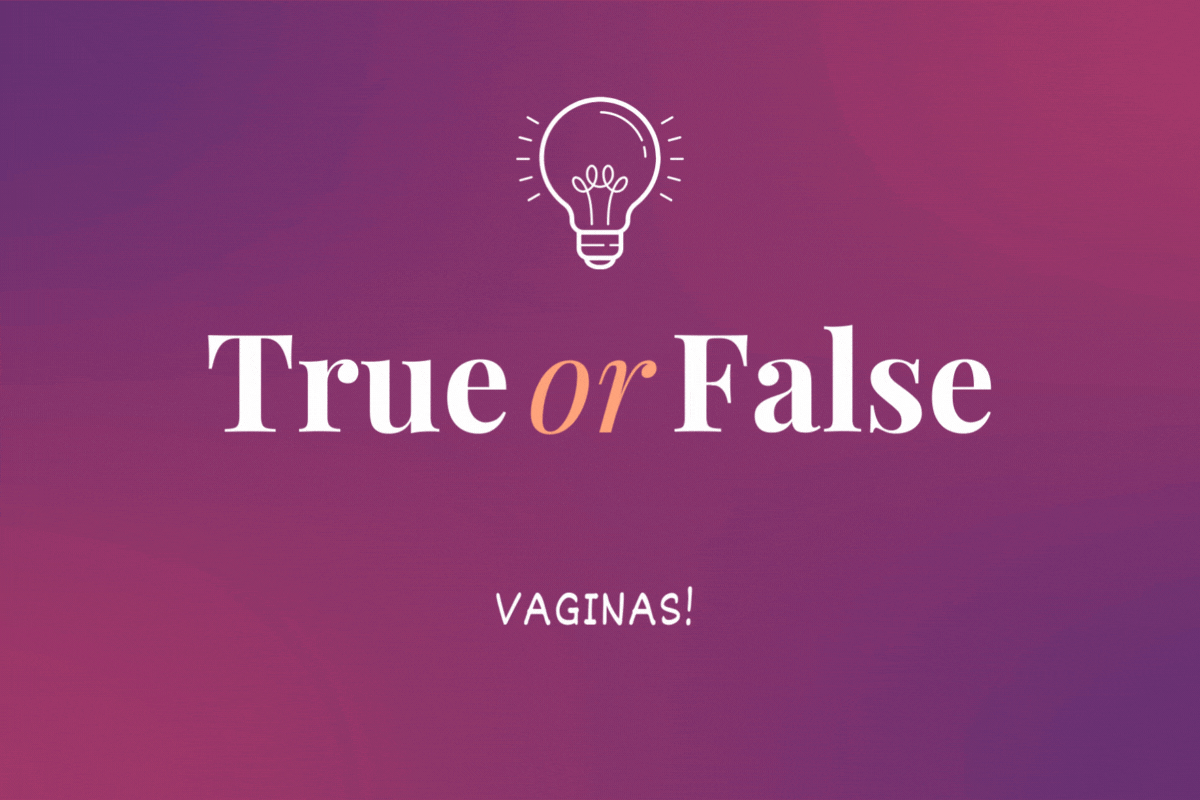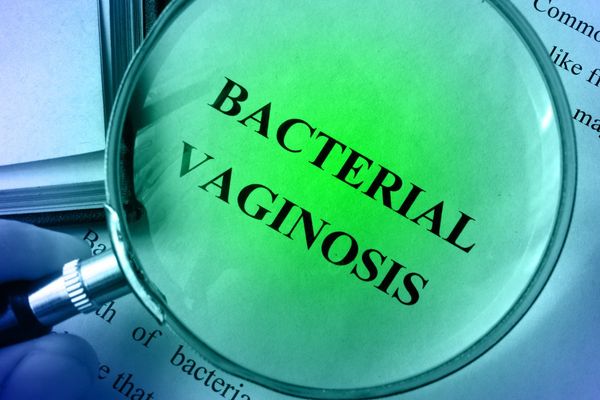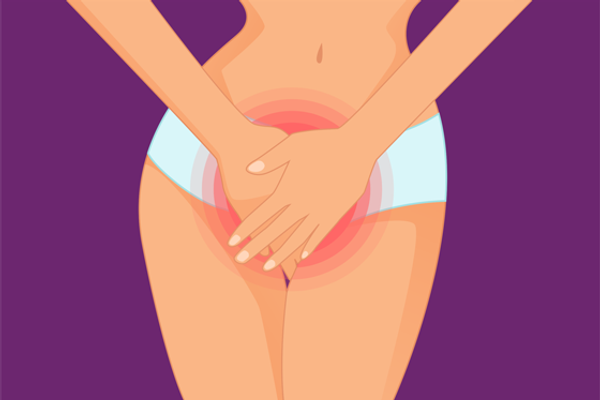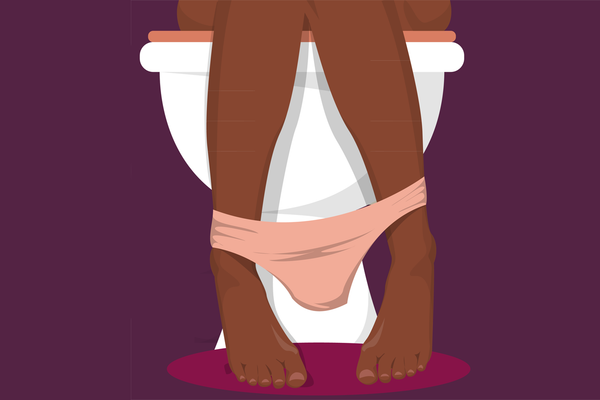Brittany Barreto, Ph.D., is a podcaster, an entrepreneur, and a molecular and human geneticist. (In other words, she’s really smart.) Read her column here each month to learn about what’s happening in the world of technology and innovation in women’s health.
October 18, 2023, is World Menopause Day.
Vaginas are meant to be like a glorious hot spring — wet and warm. Similar to hot springs, there’s an underground element critical for its existence. For hot springs, it’s magma. For females, it’s estrogen. So what happens when estrogen drops because you’re postpartum, in menopause or undergoing cancer treatment? The hot spring dries up, or in this case, females develop genitourinary syndrome of menopause (GSM), formerly known as vaginal atrophy.
GSM is the thinning, drying and inflammation of the vaginal walls. This leads to seriously inconvenient symptoms like painful sex, vaginal infections and urinary incontinence. But these are not experiences you have to live with or accept.
There are evidence-based treatments like hormone therapy, moisturizers and lubricants, and pelvic floor physical therapy that are proven to help, but there are also some new innovative solutions out there.
Here are four female-owned businesses making solutions for women whose “hot springs” need some support.
Milli — A vaginal dilator to help you loosen up at your own pace
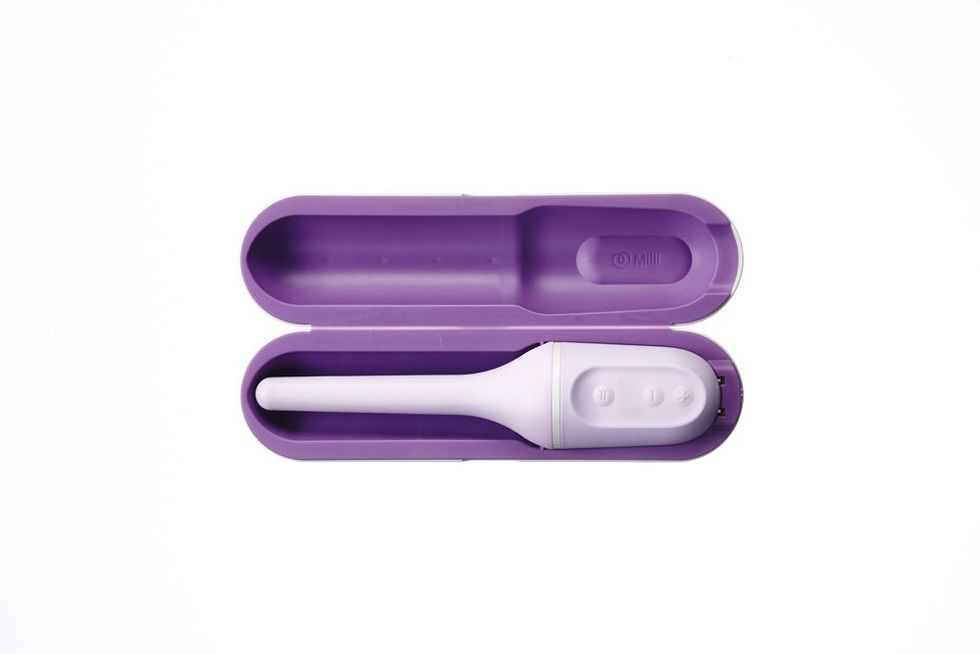
Photo/Courtesy of Milli
One symptom of vaginal atrophy is vaginismus, the tightening of the vagina. This tightening causes pain during sex, annual pelvic exams or even inserting a tampon. Historically women were given dilators that increased in size to stretch out the vagina. These dilators have no customization and jump up in size rather dramatically, making the process consistently painful.
Milli is an expanding vaginal dilator that increases in size at a pace you can control. I had a yoga instructor tell me once while describing a good stretch, “Millimeters will take you miles.” Well, Milli gives you those millimeters to slowly stretch the vagina at your own pace and comfort. It’s also the first and only all-in-one expanding vaginal dilator approved by the FDA.
vFit — The new red light therapy
Have you ever had light therapy during a facial? Red light therapy stimulates blood flow in tissue, bringing all that good oxygen and immune cells to the tissues that may have been missing out. Just like the rejuvenation of your forehead or neck, red light therapy can stimulate blood flow in your vaginal tissues and help promote a stronger pelvic floor as well.
The vFit is an OB-GYN-designed vaginal stimulator that uses six high-powered, UV-free red lights that the maker, Joylux, claims will increase natural lubrication, sensation and tightness, so it can help get your juices flowing again — in more ways than one! And, did I mention it also heats up and vibrates?
Ovy Relief — A vaginal suppository
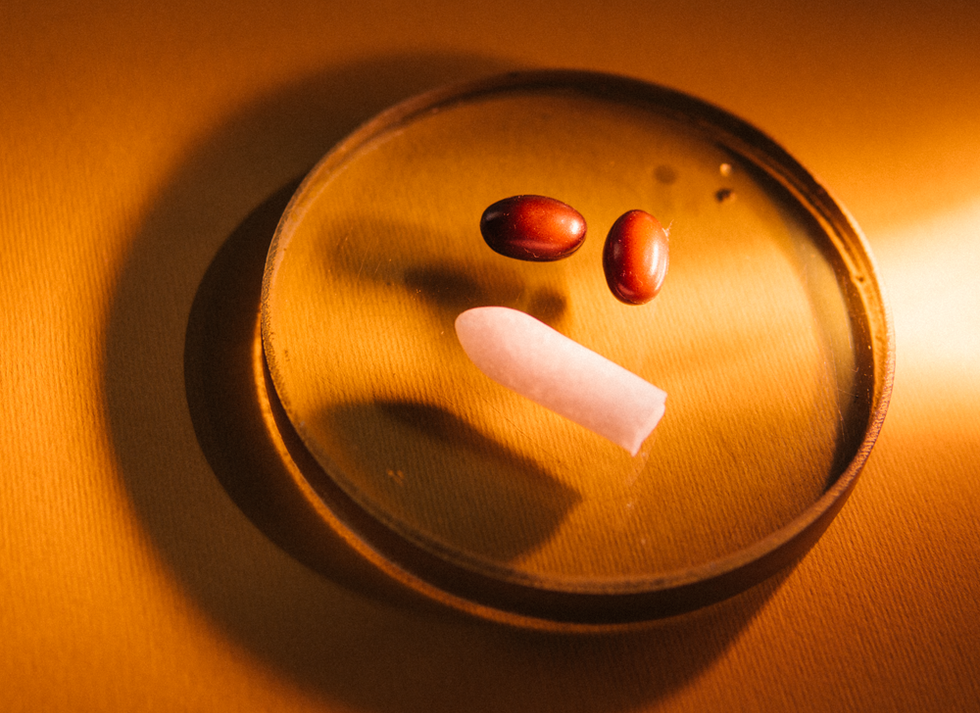
Photo/Courtesy of Ovy Relief
The female reproductive organs have an abundance of endocannabinoid receptors. These are receptors that cannabis-based molecules like CBD and CBG can bind to, to offer benefits like pain relief. Another fun fact is that the vagina is really good at absorbing liquid and medicine. So why not provide pain relief right at the source?
Ovy Relief is a CBD and CBG vaginal suppository to relieve pelvic pain, including vaginal atrophy. Insert the discreet pill into the vagina, allow it to absorb into the vaginal tissue for 20 minutes and benefit from direct pain relief for eight hours. Ovy Relief is available online and has a subscription option, taking the pain from your vagina and off your to-do list.
Aquafit — gel sticks to transform your vaginal pH
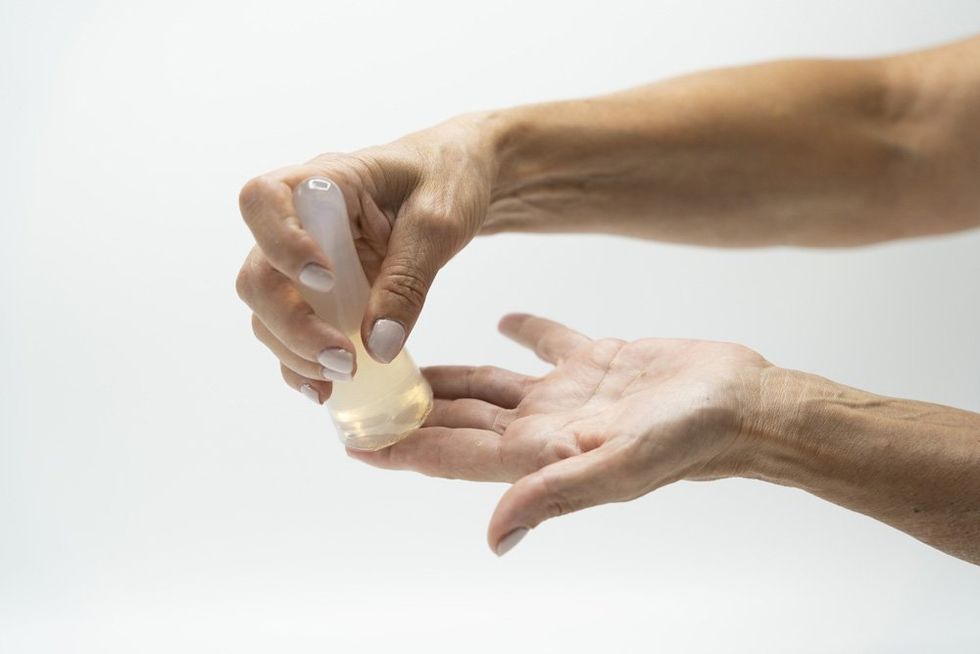
Photo/Courtesy of Aquafit
The vagina’s natural acidic environment creates a protective barrier that prevents unhealthy bacteria from causing an infection, itching, discharge and odor. Vaginal atrophy can change the vagina’s acidic pH and disturb this healthy bacterial community, known as the flora. Now, restoring your pH can be as easy as a vaginal massage in the shower.
Aquafit Intimate Gel Stick is an all-natural, water-based product with lactic acid, aloe vera and vitamin C to support a healthy pH and flora. The hand-held gel stick activates when placed in water either while in the shower or in a glass next to your bed. After inserting the gel-based product into the vagina, contract the vaginal muscles to slide the stick back out and repeat. This motion delivers the beneficial ingredients, hydrates deep vaginal tissue and improves vaginal tissue elasticity (stretchiness that decreases pain during intercourse). Gel sticks last for 14 days with daily use and can be purchased on a subscription.
Please note that not all of these products have been FDA-approved and, therefore, have not been proven to be effective in clinical studies.
The information about products and/or services in this column does not constitute any form of endorsement or recommendation by HealthyWomen. Links are provided as a convenience and for informational purposes only. This column may occasionally cover companies in which Brittany Barreto is an investor.
- What You Can Do About Painful Sex ›
- When Sex Hurts ›
- When Sex Gives You More Pain Than Pleasure ›
- If You Experience Post-Menopausal Painful Sex, Speak Up! ›
- What Happens When You Want to Have Sex, But It Hurts? ›
- Menopause and Your Sexual Health: When Dryness Equals Discomfort ›
- Talking to Your Health Care Provider About Vaginal Dryness - HealthyWomen ›
- Vaginal Symptoms of Menopause Checklist - HealthyWomen ›
- Questions and Answers About Vaginal Atrophy - HealthyWomen ›




